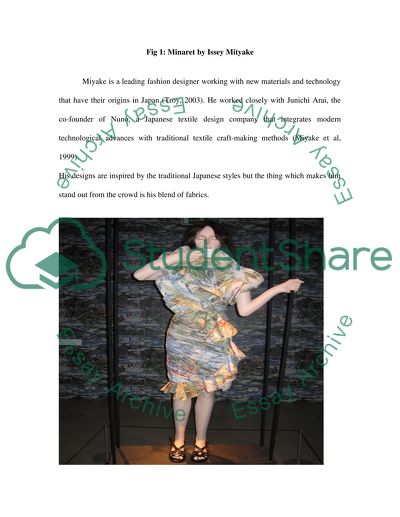Cite this document
(“Comparison and Contrast between two 20th century fashion designers: Research Paper”, n.d.)
Retrieved from https://studentshare.org/family-consumer-science/1418858-comparison-and-contrast-between-two
Retrieved from https://studentshare.org/family-consumer-science/1418858-comparison-and-contrast-between-two
(Comparison and Contrast Between Two 20th Century Fashion Designers: Research Paper)
https://studentshare.org/family-consumer-science/1418858-comparison-and-contrast-between-two.
https://studentshare.org/family-consumer-science/1418858-comparison-and-contrast-between-two.
“Comparison and Contrast Between Two 20th Century Fashion Designers: Research Paper”, n.d. https://studentshare.org/family-consumer-science/1418858-comparison-and-contrast-between-two.


